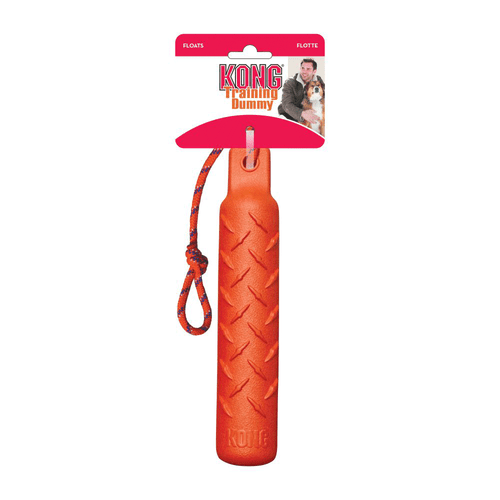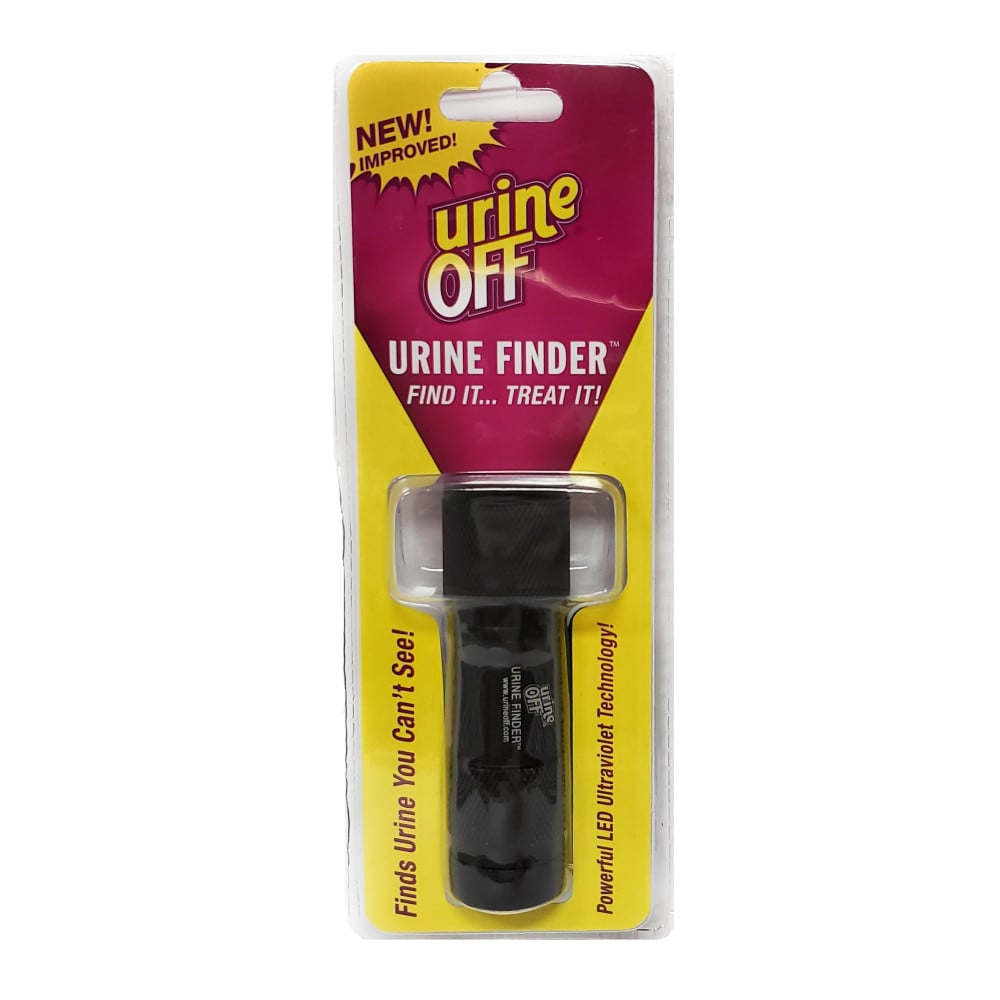Positive Reinforcement & Puppy Training
The goal is to use very small-sized treats (pea sized is good, and you can even use frozen peas if your dog seems to like them) and verbal praise and affection to encourage desired behaviors in your dog.
Recent studies on canine behavior are proving that positive reinforcement training is much more effective (not to mention humane) than any training involving punishment. A couple of studies even point to the probability that training methods involving punishment can actually make problems worse. Positive reinforcement training is based on the simple notion that rewarding your dog for desired behavior will encourage more of that behavior and ignoring bad (but not dangerous) behavior will extinguish it.
So how do you train (in a nutshell)?
- Come up with short, preferably one-word commands for the behaviors you want to teach your pet. Come, Sit, Stay, Down, Heel, Off, etc. Make sure all members of your family consistently use exactly the same command for each behavior.
- When your dog performs the desired behavior, reward him immediately with a treat and verbal praise. Do this every time he responds appropriately to a command. You want him to connect the behavior he performed with the treat. This of course means you’ll need to have treats on you whenever you give your dog commands in the beginning.
- You want your dog to associate good things with obeying your commands. You also want to use training time as an opportunity to deepen your bond with your pet. Keep training sessions short and fun and ALWAYS positive. If you are getting too frustrated, Stop!
- Gradually back off the treats and use them only intermittently once your dog has learned a new behavior. Eventually they’ll no longer be necessary, but you should always reward your dog with verbal praise.
- Use positive reinforcement to maintain the behaviors you desire. Reward-based training can create good behavior and in turn mutual feelings of trust and confidence.
If you don't feel like you can do it yourself, find someone to help. A good trainer is well worth the money. Take your time to select the right person to guide your dog to the 'good dog' path.
Guidelines for Selecting a Dog Trainer
- Choose experienced trainers who use positive reinforcement for good behavior rather than punishment for unacceptable behavior.
- Observe an obedience class without your pet. Are the dogs and people having a good time? If someone will not let you sit in on a class, do not enroll. Talk with some of the attendees after the class - how do they feel their dog was treated?
- Do not allow trainers to work with your dog unless they tell you beforehand exactly what they plan to do!
- Do not be afraid to tell a trainer to stop if she or he does something (or tells you to do something) to your dog that you do not feel comfortable with. You are your dogs avocate.
- Trainers who offer guarantees are fooling you. They are ignorant about the complexities of animal behavior. No one can offer a guarantee like that.
- Avoid trainers who object to using food as a training reward. Food is one of the best ways to motivate some dogs. Avoid trainers that ONLY use food as well...they should have a well rounded bag of tricks since not all dogs are food motivated.
- Avoid trainers who insist on using a choke chain. Head collars are humane alternatives to choke chains and pinch collars. That includes electric shock collars.
- Remain with your dog though training sessions. It will be much more useful if you see how the trainer handles problems and can duplicate those techniques at home.
- If you believe your dog has been subjected to cruel treatment by a trainer, get the names and phone numbers of witnesses. Take your dog to your veterinarian immediately for a complete physical examination. Tell them that the results of the examination may be used as evidence in a court case so that your veterinarian will document the procedures with that in mind.





















